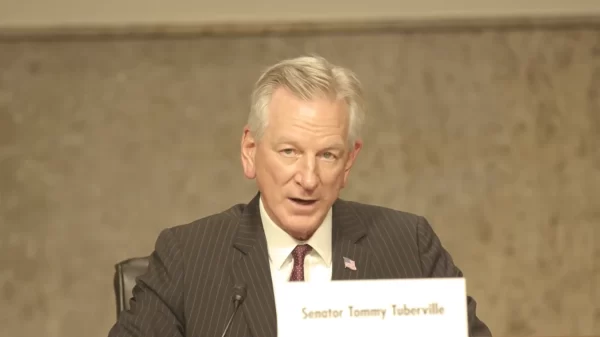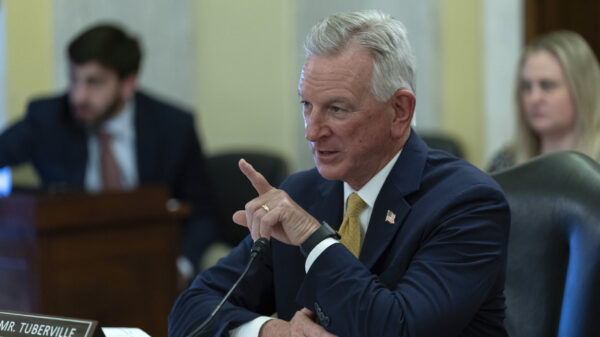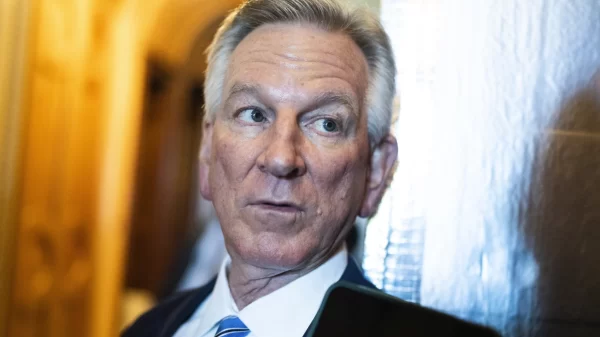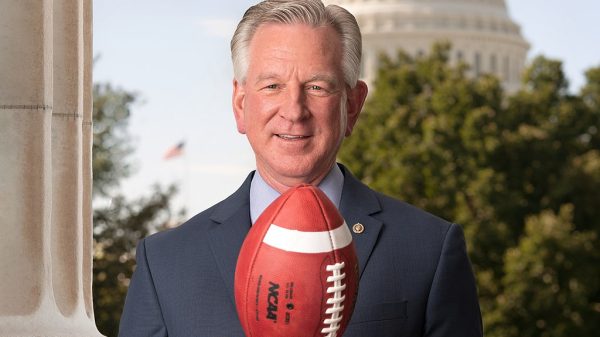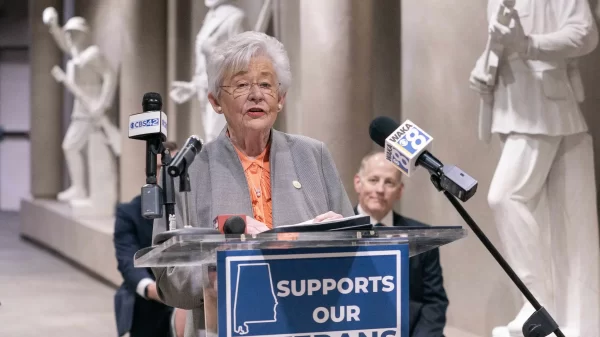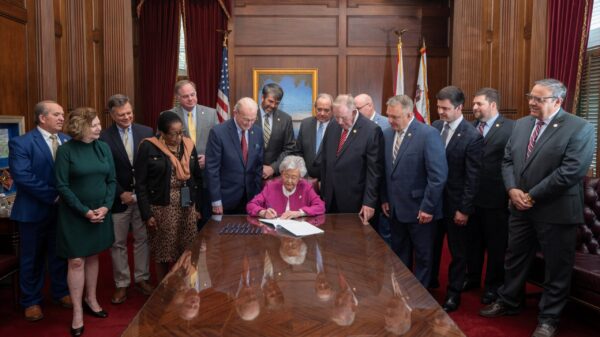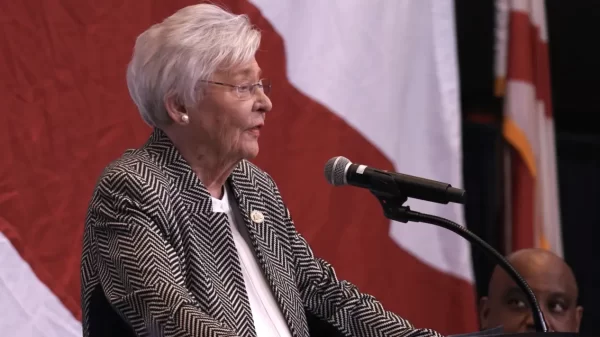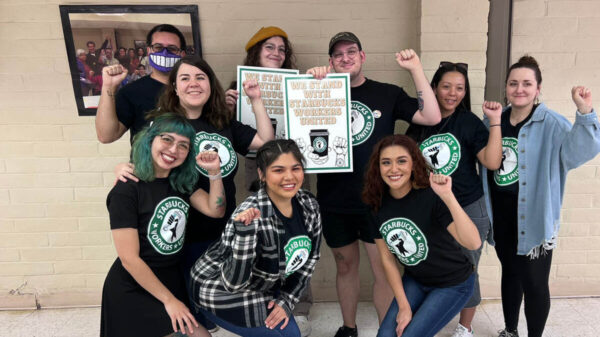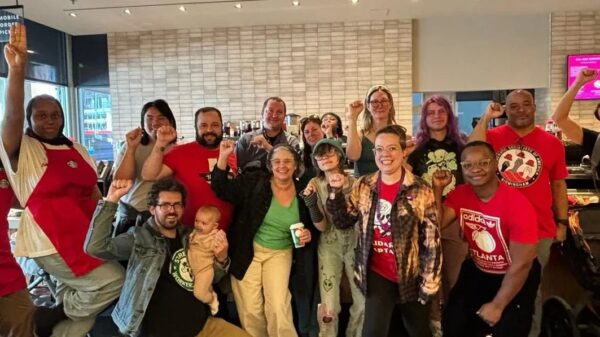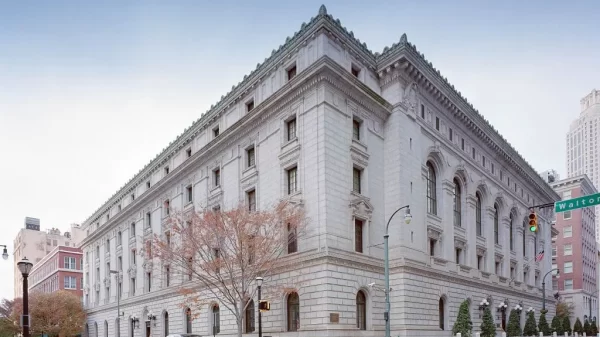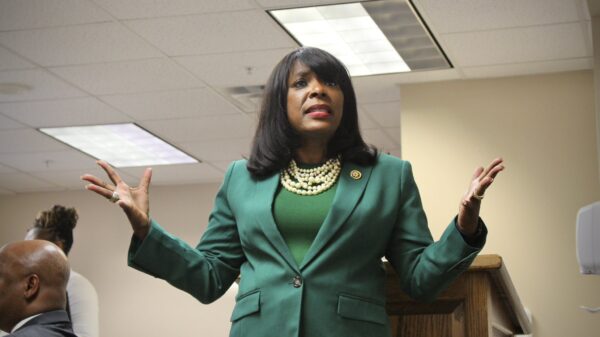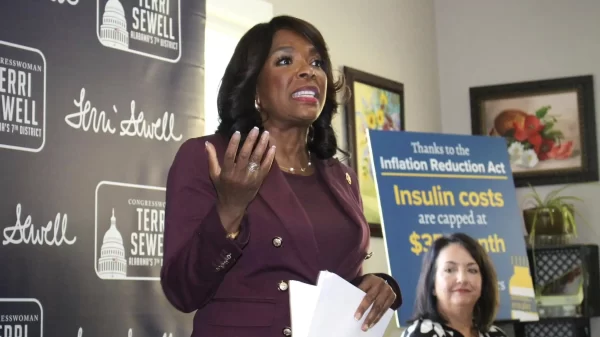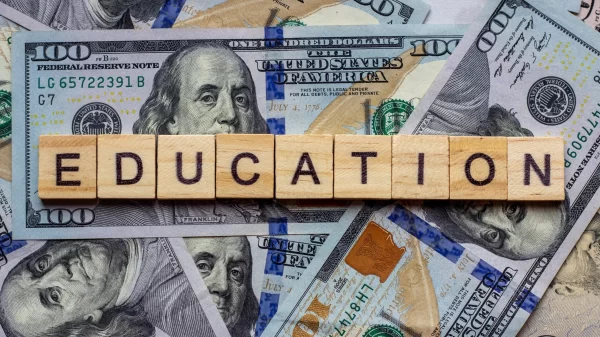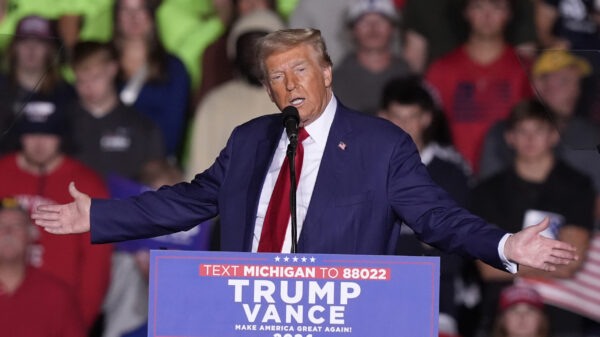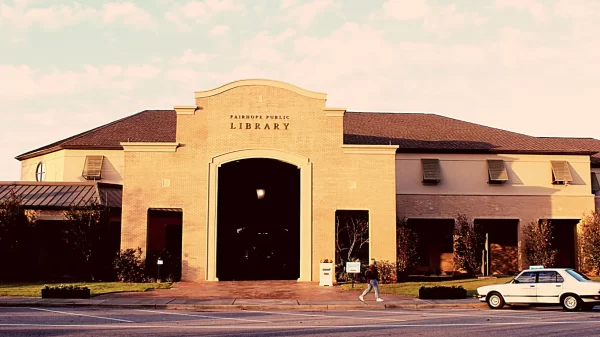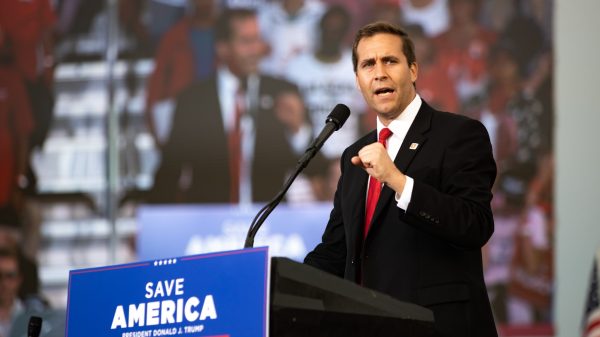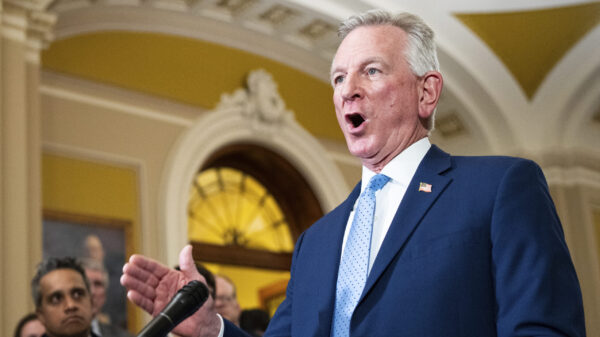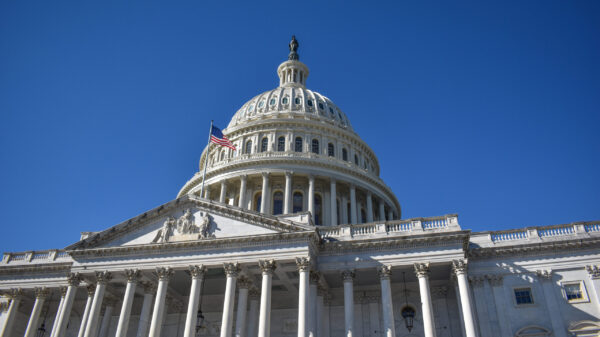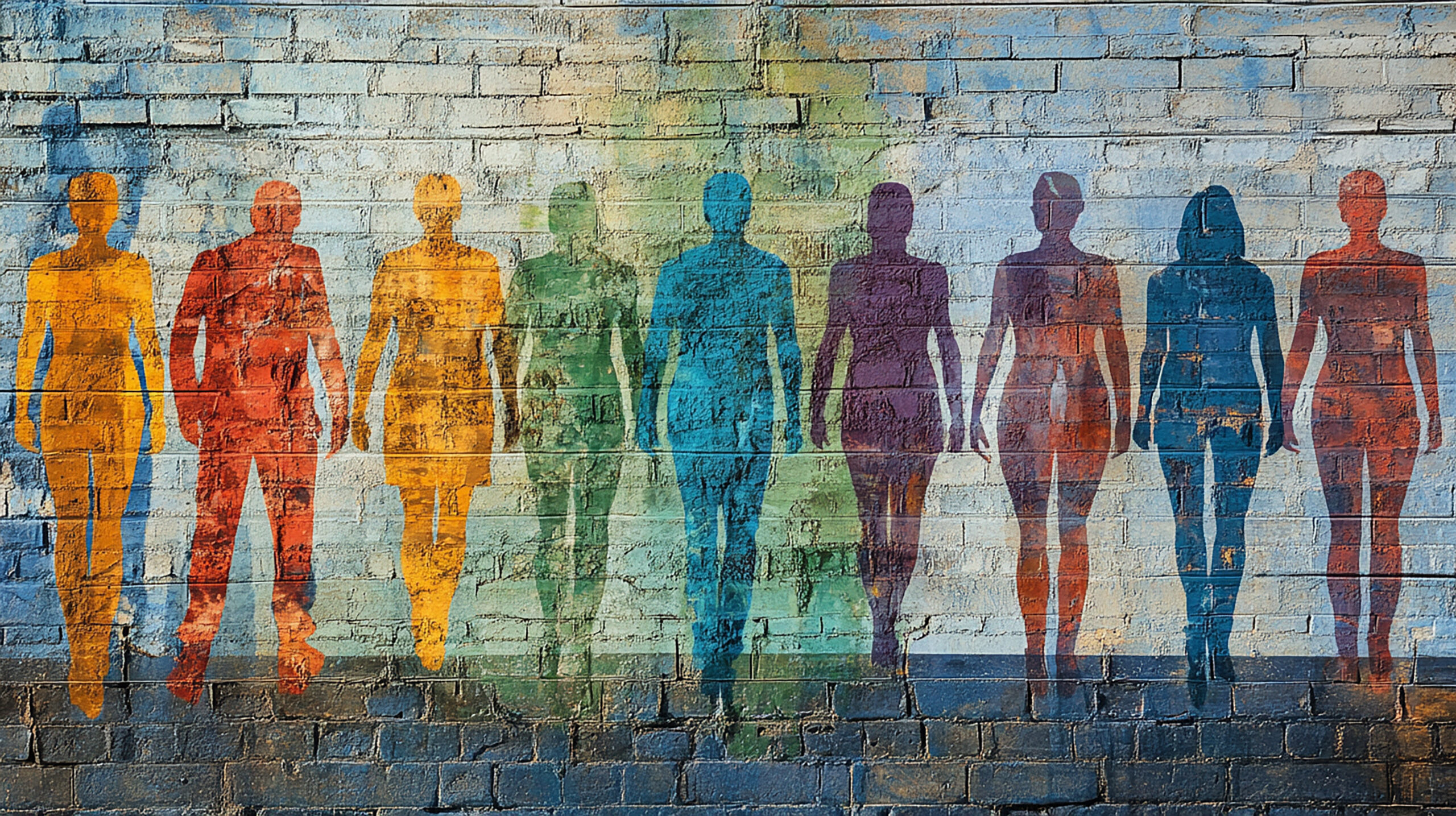|
Getting your Trinity Audio player ready...
|
Sixty years ago, they tried to break the marchers in Selma with clubs and tear gas. Today, they do it with voter ID laws and gerrymandering. The fight for voting rights didn’t end on the Edmund Pettus Bridge — it just moved into courtrooms, state legislatures, and the halls of Congress.
Bloody Sunday, March 7, 1965, was supposed to be the turning point. When John Lewis, Hosea Williams, and hundreds of peaceful demonstrators marched across the bridge, they carried more than signs — they carried the weight of generations denied the most fundamental right in a democracy. They were met with billy clubs and tear gas. Officers on horseback rode into crowds, cracking skulls. The images of the attack shocked the nation, forcing President Lyndon B. Johnson to act.
Just months later, he signed the Voting Rights Act of 1965, a law meant to ensure Black Americans could exercise the rights they had been promised a century earlier. But Johnson understood something that conservatives have spent decades pretending not to: freedom alone isn’t enough.
In June 1965, at Howard University, he laid out a vision not just of legal equality, but of economic and social justice. “You do not take a person who for years has been hobbled by chains, liberate him, bring him to the starting line of a race, and then say, ‘You are free to compete with all the others.’”
That was Johnson’s challenge — to build a country where opportunity wasn’t just a theory but a reality. And almost immediately, the right set out to destroy it.
Johnson’s War on Poverty was designed to lift the poor. Education. Job training. Social programs. It was meant to break generational poverty, not just ease it. But before it could succeed, conservatives cut it at the knees.
Nixon shifted resources away from civil rights enforcement and into “law and order” policies. A not-so-subtle message to white voters: the government would be cracking down on Black communities, not lifting them up.
Then came Reagan. Welfare cuts. Fear-mongering. The “welfare queen” myth. Trickle-down lies. The attack never stopped.
By the time Bill Clinton, under Republican pressure, enacted his so-called welfare reform, the damage was clear. Instead of addressing generational poverty, the programs designed to fight it had been defunded, demonized, and dismantled.
The same fate awaited the Voting Rights Act of 1965. For nearly five decades, it stood as the greatest legislative victory of the Civil Rights Movement — until the Supreme Court gutted it in 2013.
Overnight, states like Alabama, Georgia, and Texas enacted restrictive voter ID laws, closed polling places in Black neighborhoods, and gerrymandered districts to keep Black political power at bay. The same people who once argued that racism was no longer an issue in America suddenly had a laundry list of new “election integrity” measures — all conveniently designed to suppress the very voters who had fought hardest for their rights.
And when the Black Lives Matter movement exposed just how deeply racism still shapes American life, the backlash wasn’t just swift — it was vicious. Just as Johnson’s push for real equality was met with conservative resistance, today’s progress is under siege.
The right didn’t stop at opposing police reform or criminal justice changes — they went straight for the foundations of Black progress. DEI programs became the new enemy. Critical Race Theory — an obscure legal framework barely taught outside of law schools — was suddenly the greatest threat to American education. Book bans targeted Black authors, school boards erased discussions of systemic racism, and conservative politicians waged war against corporations promoting diversity.
This wasn’t about fairness or “neutrality.” It was a deliberate effort to demonize Black success and reignite white grievance politics.
It was the same playbook Nixon used with the Southern Strategy. The same racial dog-whistling Reagan relied on. The same resentment politics that fueled Trump’s rise.
Convince struggling white voters that the real problem isn’t corporate greed or economic inequality — it’s “special treatment” for Black Americans.
And it worked.
Republican-led states passed bans on affirmative action, wiped DEI programs from universities, and rewrote history curriculums to remove anything that might make white students “uncomfortable.” Instead of addressing the fact that the racial wealth gap remains staggering, they attacked the very policies designed to fix it. Instead of reckoning with systemic inequalities, they erased the very language to describe them.
They have been playing this game for decades.
They fought the War on Poverty. Then blamed poverty programs for failing.
They gutted the Voting Rights Act. Then claimed voter suppression isn’t real.
They attacked affirmative action. But left tax breaks for billionaires untouched.
They overturned Roe v. Wade. Now they’re coming for contraception and IVF.
They blocked Medicaid expansion. Then blamed Democrats for the healthcare crisis.
They claim to champion freedom, but only for the few.
They love to preach about “liberty,” but apparently, that only applies to corporations dodging taxes and billionaires hoarding wealth. When it comes to Black voters, women seeking healthcare, or anyone challenging their grip on power — suddenly, “freedom” comes with a long list of restrictions.
Selma showed the world that change doesn’t come from waiting — it comes from marching, from pushing, from refusing to be silenced. The forces of inequality are relentless, but they are not invincible.
Johnson’s vision wasn’t a dream. It was a plan. A roadmap to justice, to real opportunity, to a country that didn’t just promise equality but delivered it. It was sabotaged then, and it is under attack now.
The question isn’t whether we can stop them. The question is whether we have the courage to fight as hard as those who crossed that bridge — whether we will meet today’s attacks with the same unshakable resolve.
Because if history teaches us anything, it’s this: they only win if we let them.

